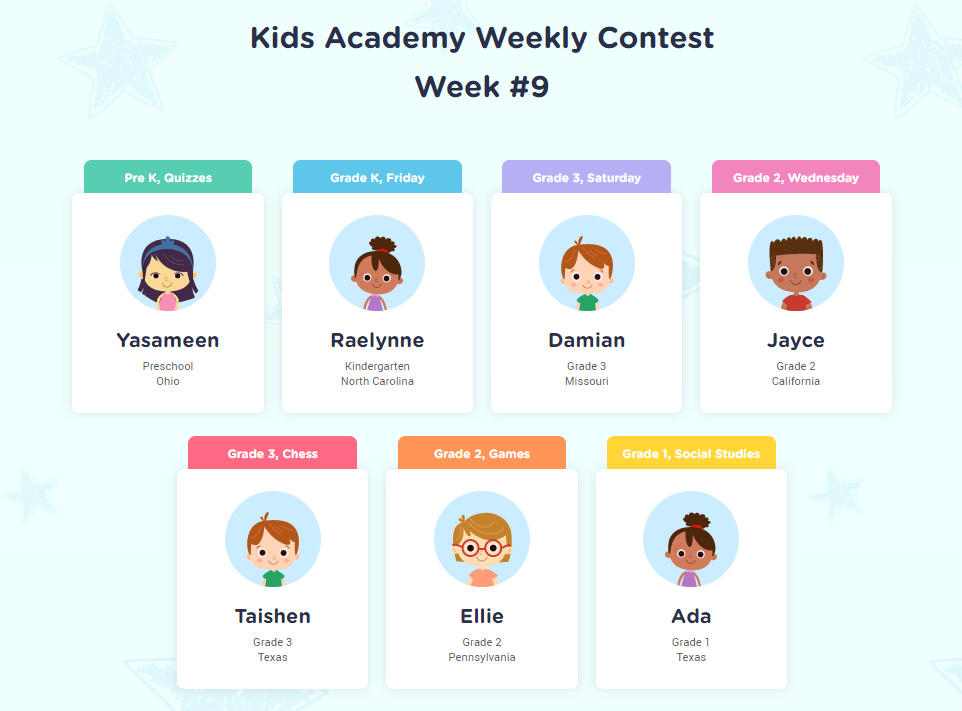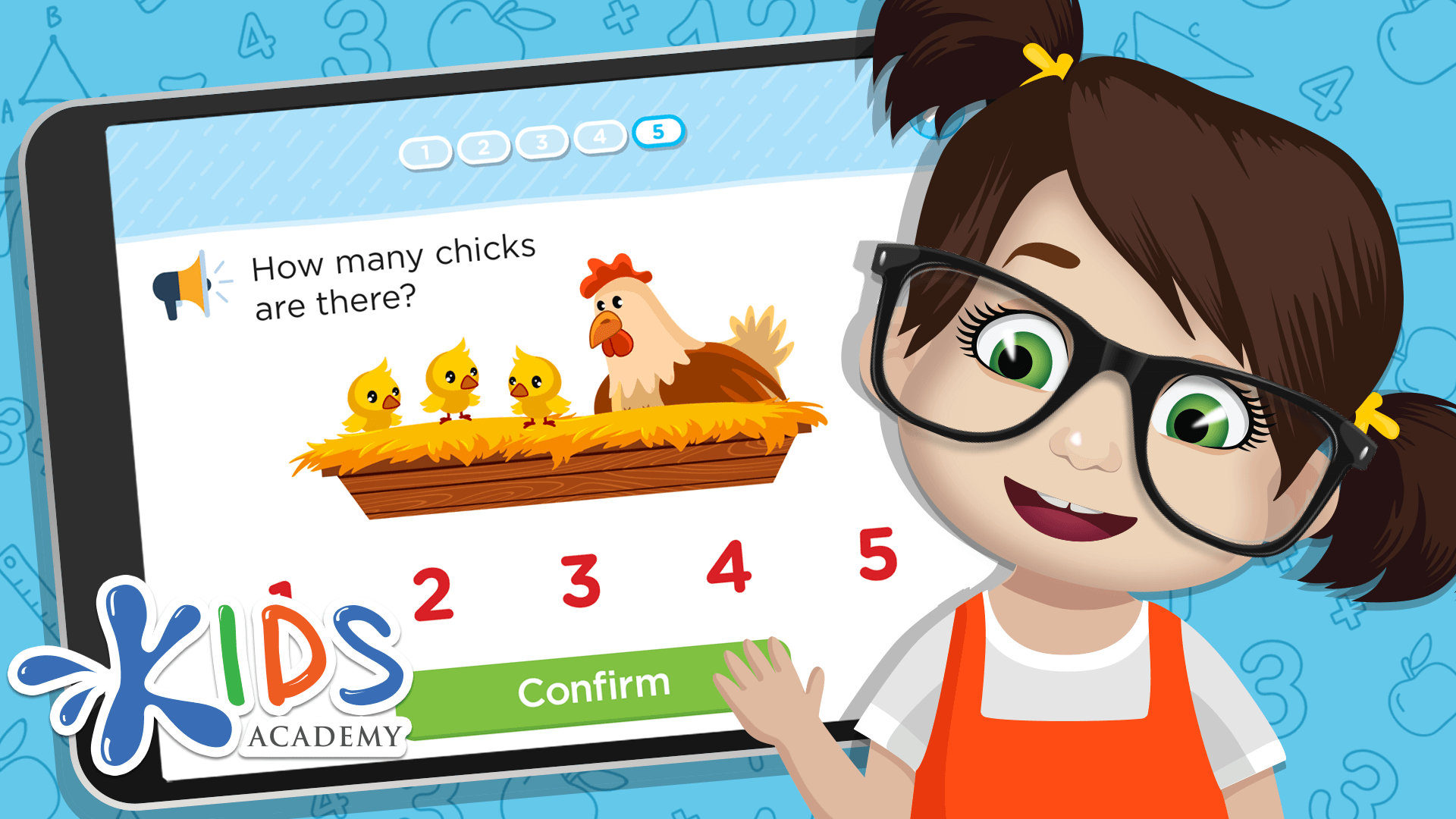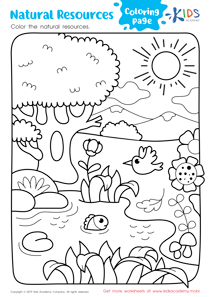Normal Phonics worksheets activities for Grade 3
3 filtered results
-
From - To
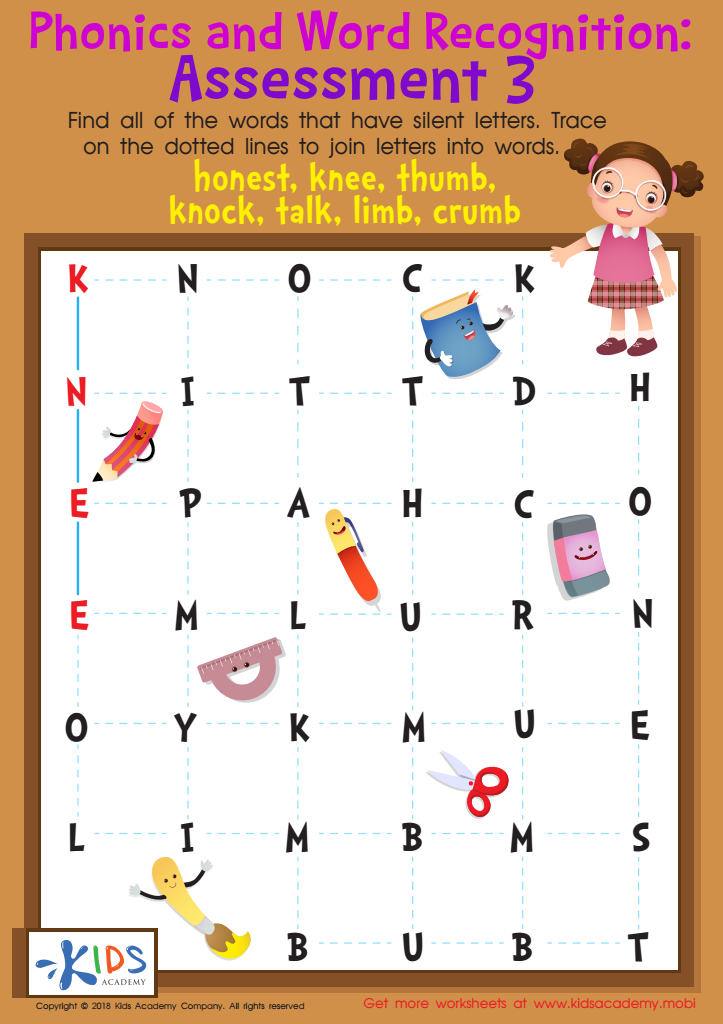

Phonics and Word Recognition: Assessment 3 Worksheet
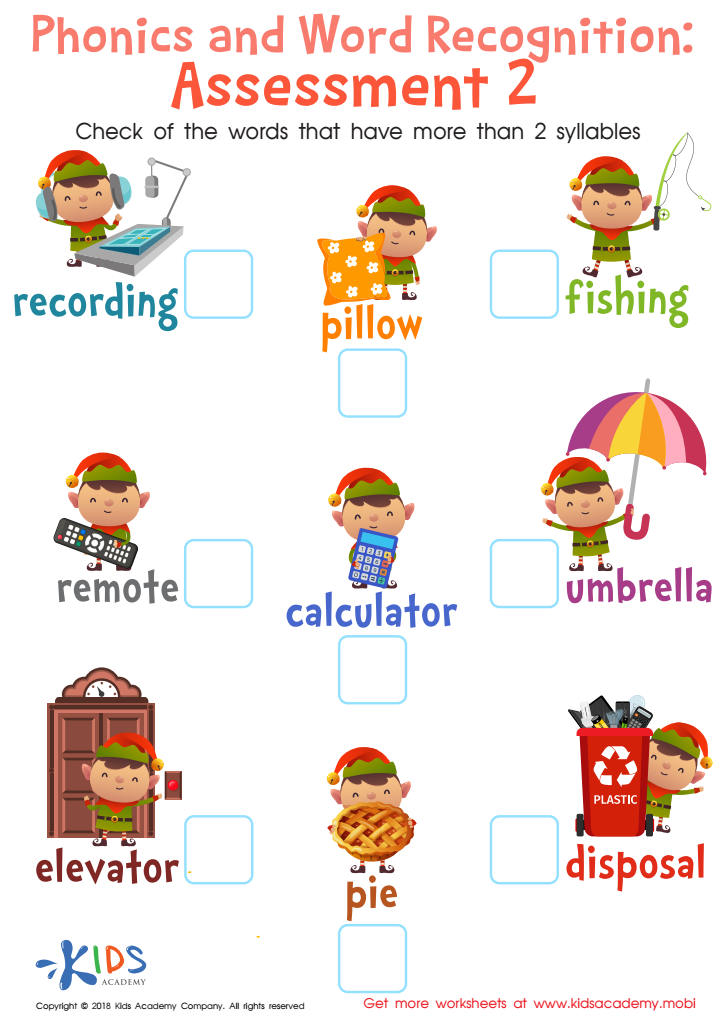

Phonics and Word Recognition: Assessment 2 Worksheet
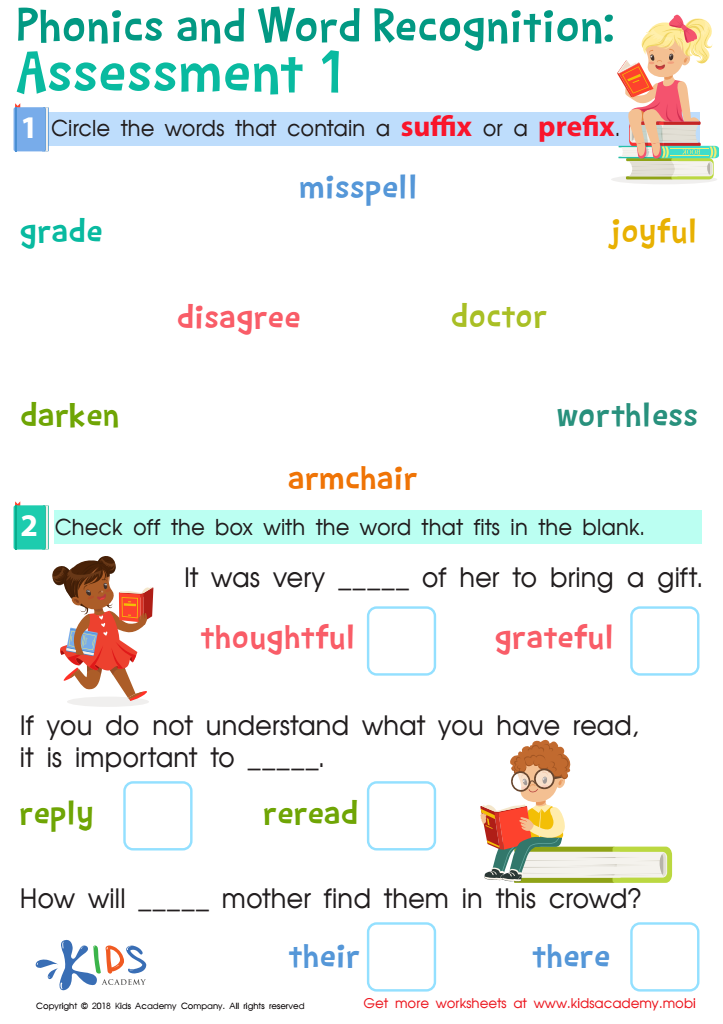

Phonics and Word Recognition: Assessment 1 Worksheet
Normal Phonics worksheets activities for Grade 3 play an indispensable role in the academic journey of young learners, particularly in enhancing their reading and writing skills. These activities are systematically designed to introduce students to the complex world of sounds and their corresponding letters, paving the way for a deeper understanding and mastery of the English language. Here’s why these worksheets are so useful:
1. Foundation Building
At Grade 3, students are at a critical stage in literacy where they transition from learning to read to reading to learn. Normal Phonics worksheets activities provide a solid phonemic foundation by reinforcing the relationship between sounds and symbols through practice and repetition. This foundation is crucial for decoding new words and contributes significantly to a student’s reading fluency and comprehension.
2. Enhanced Vocabulary
Engagement with Phonics worksheets exposes students to a wide array of words, gradually expanding their vocabulary. This exposure is not just limited to recognition but extends to the usage of these words in appropriate contexts, thereby enriching their language skills and preparing them for more advanced literacy challenges.
3. Spelling and Pronunciation Improvement
Normal Phonics worksheets activities for Grade 3 incorporate exercises that focus on spelling patterns, consonant blends, and vowel sounds, among other concepts. These exercises are instrumental in improving students' spelling and pronunciation, enabling them to write and speak with greater confidence and accuracy.
4. Interactive Learning
These worksheets often include a variety of activities such as matching, fill-in-the-blanks, and sorting exercises that make learning interactive and engaging. This interactive element ensures that students are not just passive recipients of information but active participants in their learning process, which enhances retention and fosters a positive attitude towards reading and writing.
5. Assessment and Feedback
Regular practice with Phonics worksheets allows teachers to assess the progress of their students effectively. They can identify areas of strength and those requiring additional support, providing targeted feedback and interventions to facilitate continuous improvement.
In conclusion, Normal Phonics worksheets activities for Grade 3 are not just another task in the curriculum but a critical tool in cultivating proficient readers and writers. They lay the groundwork for successful literacy development, ensuring that students are well-equipped to tackle the challenges of future academic pursuits and beyond.

 Assign to the classroom
Assign to the classroom
